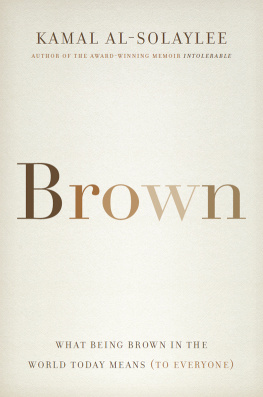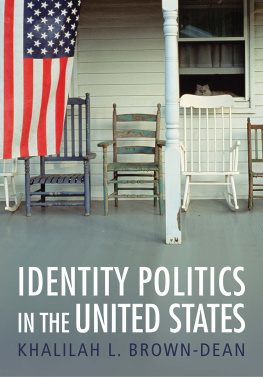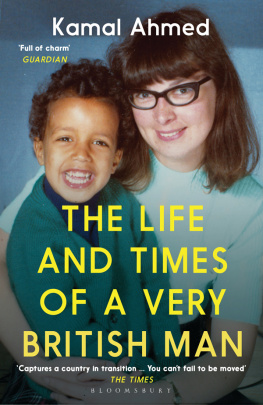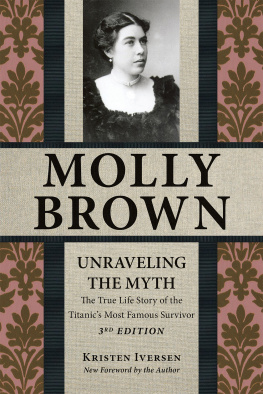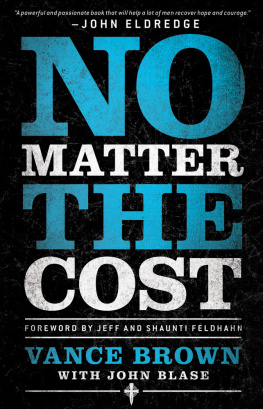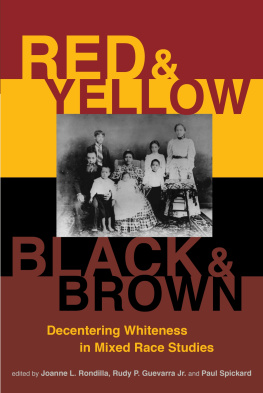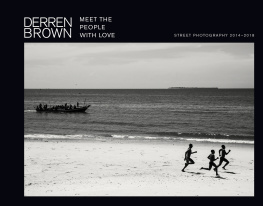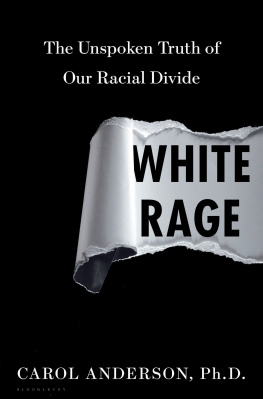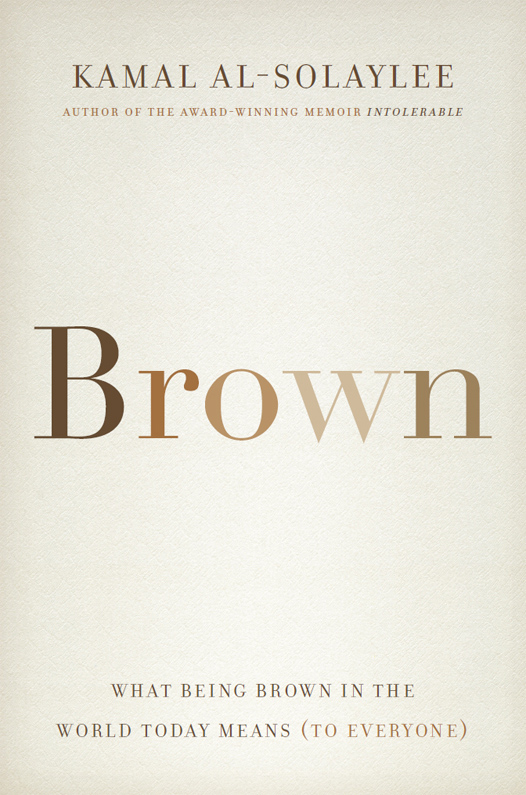I remember the moment I realized I was brown. My brown face, my brown legs and my curly black hair began to weigh on my mind in a way they never had before. Let me take you back to Cairo, early 1974. For several days, one of Egypts two state television channels had been promoting the small-screen premiere of Oliver!, the 1968 film version of the British musical. It was a big deal in Cairo, and probably an omen for a city whose future poverty levels and income inequality would make Victorian London look like a socialist paradise. I write that with the full benefit of hindsight. I was a nine-year-old boy growing up as part of an expatriate Yemeni family, so I cant say that I knew much about the economy or the distribution of wealth back then.
I cant remember why I decided to stay up so late on a school night to watch a period musical about English orphans, pickpocketing gangs and prostitutes with teachable-moment altruism. I had but a passing familiarity with the story, and Western musicals were an artistic taste I had yet to acquire. (I caught up with them as part of an education in all things camp and old Hollywood when I came out as a gay man in my early twenties.)
The film aired just a few months short of my tenth birthday. Life in Egypt had returned to normal after three weeks of fighting and humiliatingor so the propaganda machine would have Egyptians believethe Israeli army in a war that had started on October 6, 1973. The end of hostilities meant a return to regular programming and a break from the rotation of military- and nationalist-themed songs and documentaries. My father, a lifelong anglophile, probably insisted that we children watch this slice of Merrie Olde Englanda display of all things English that only a hardcore colonial like him was permitted to find jolly or nostalgic.
About twenty minutes into the film, though, he lost interest. You could always tell when something he longed for turned out to be a dud, because hed start talking through it. Probably he hadnt realized that this was a musical version of Dickenss Oliver Twist. He didnt particularly like musicals, unless they starred Fred Astaire and Ginger Rogers, his childhood idols.
I, on the other hand, trembled on the inside as I watched the film. My world tilted in that moment, and Im not sure its been set right since.
Every time the camera zoomed in on the face of the young actor playing Oliver, Mark Lester, I became painfully aware of how different my own face looked. As the youngest child in a large family, I was adored by my older siblingsthe sweet baby boy. But the more I gazed at Lesters face, the less I felt any kind of pride in my looks, and my innocence slipped from under me in the process. He was just too beautiful, too angelic-looking. It defied the laws of nature as I knew them then. I dont think I viewed him in any sexual terms, even though my own awareness of my same-sex desire predated that evening by a few years. I saw it as a skin-to-skin and not boy-to-boy attraction. He had what, all of a sudden, I desired.
If my lifelong journey with physical insecurities and differences in skin colours can be traced to a single moment in time, it is that one. Most children in my immediate circle in downtown Cairo looked like variations of me. Sure, some bragged about their very light complexion or their ash-blond hair, but no one came close to Mark Lester in brightness, whiteness, holiness. Looking at him, I felt like a lost soul, forever damned by a dark skin.
To be beautifulto be adorably mischievousa person needed to look like Lester. His light, shiny hair and his perfectly proportioned features forced me to rush to the bathroom to look at my own face and tousle my own hair. Probably for the first time in my life, all I saw reflected in that mirror was a black, dandruff-prone and curly mane; a big, flat nose; and ears that looked more clown-like than child-like. The hair could be trimmed or straightened, I consoled myself, and perhaps my nose and ears werent all that unshapely. But there was one thing I couldnt rationalize away: my brown skin. What was I to do with this dark mass? How could I ever catch up with Lesters whiteness, which was the essence of his impossible beauty? If I scrubbed my face with soap ten, twenty times a day, would it get lighter and whiter? What about the rest of my body? How many showers a day would that be? How do you wash the brown away?
I needed answers. I needed help. I got neither.
I felt cursed with this brownness that Id inherited from my passes-for-white father and my dark brown mother, who came from a Bedouin sheep-tending family in the southern tip of Yemen. My ten siblings displayed a variety of skin shadessome closer to my fathers, some to my mothers. I came in between. Standard brown. Egyptians had coined a word for people like me: asmarany. It meant someone with a dark complexion, possibly from sustained exposure to the sun, and probably from working cotton fields or construction sites. There was pride in being sun-kissedit was a symbol of hard work and stamina. In the nationalist period immediately after the 1952 revolution, which eventually severed the countrys ties to the British and Ottoman empires, popular musicians wrote songs about the beauty of asmarany people. I recently came across one from the late Lebanese singer Sabah, in which she defended her love for an Egyptian asmarany man by insisting that his dark skin was actually the secret to his beauty. The song title translates to So What If Hes Brown-Skinned?
But I didnt comprehend brown skin in that positive sense that night in 1974, or in the many years that followed. Popular music aside, Egypt was teeming with images that not so subtly equated lighter skin with social refinement and physical perfectionpossibly, and with hindsight again, my first encounter with white privilege. Its still difficult to fathom how a country at the heart of the Middle Eastone that led the way in pan-Arabism and post-colonialismwould be the custodian of a tradition in which the predominant skin colour was relegated to an inferior social position. To be white or very fair-skinned was to win the genetic lottery, and the few who claimed their tickets ensured that social traditions perpetuated this understanding. Egyptian cinema, the Hollywood of the Arab world, featured a number of leading men and women whose lighter skin was the most desirable part of their physical package.
Egyptian TV commercials and print advertisements of the time sold a bourgeois, consumer-friendly lifestyle through lighter skin, which they promoted as aspirational for the millions of rich and poor locals. I dont recall seeing brown-skinned women or mencertainly no dark brown or Nubian-black modelsin any of the advertising I grew up watching in the Middle East. Only National Geographicstyle travel posters in hotels or airports sold an authentic Egyptian experience to Western tourists. With the exception of their white teeth, those smiling faces were enveloped in darkness, as if to fulfill tourist fantasies of an exotic journey into the tip of Africa. From my travels over the past few years, I can safely say that selling whiteness and selling out brownness is a long and still-thriving tradition in the Middle East, the Gulf and Southeast Asia. In Dubai, white, European-looking faces promote everything from multimillion-dollar condos to fast-fashion outlets like Zara and H&M. In the odd instance when advertisers deign to use Arab models, it looks like a generous dollop of white paint has been applied to their faces. Not even white people are

